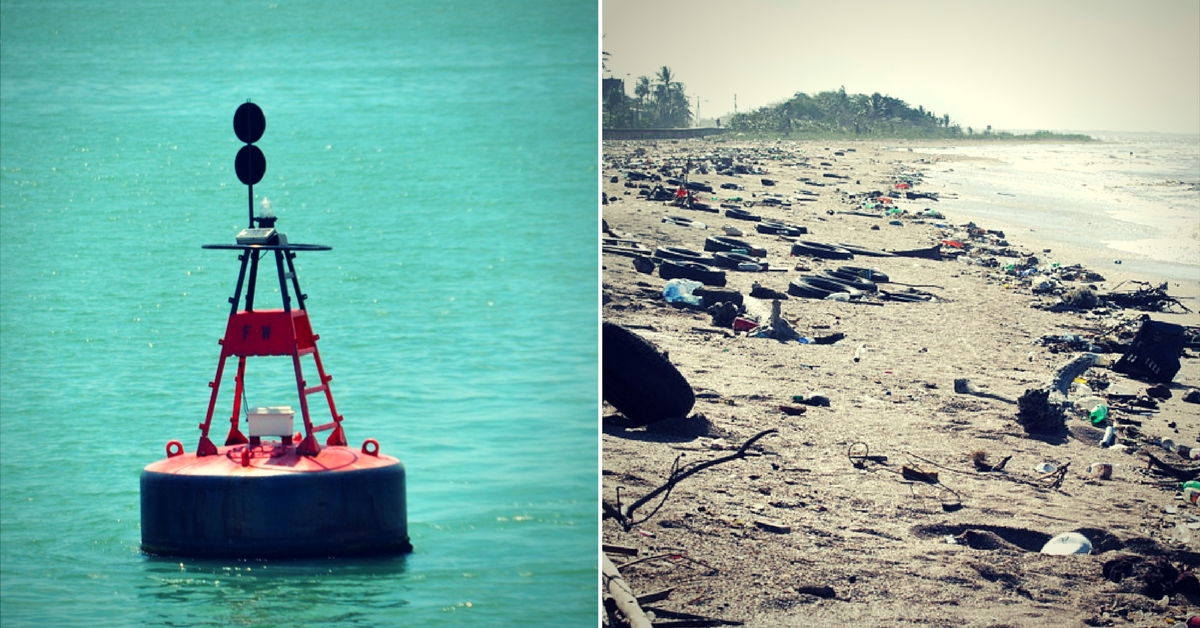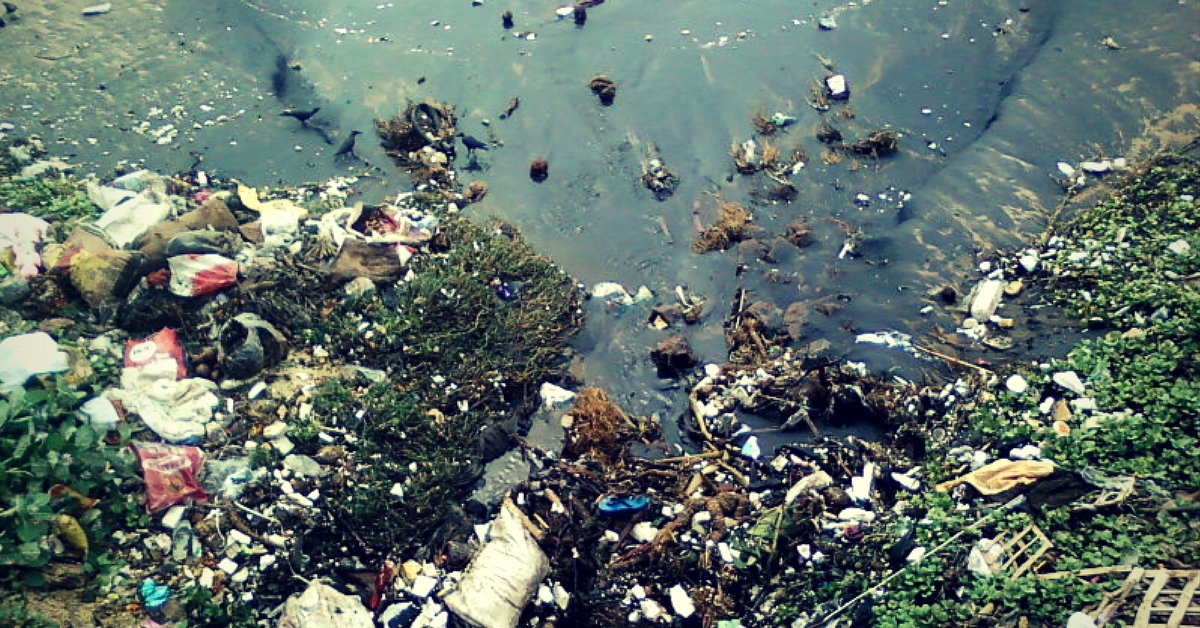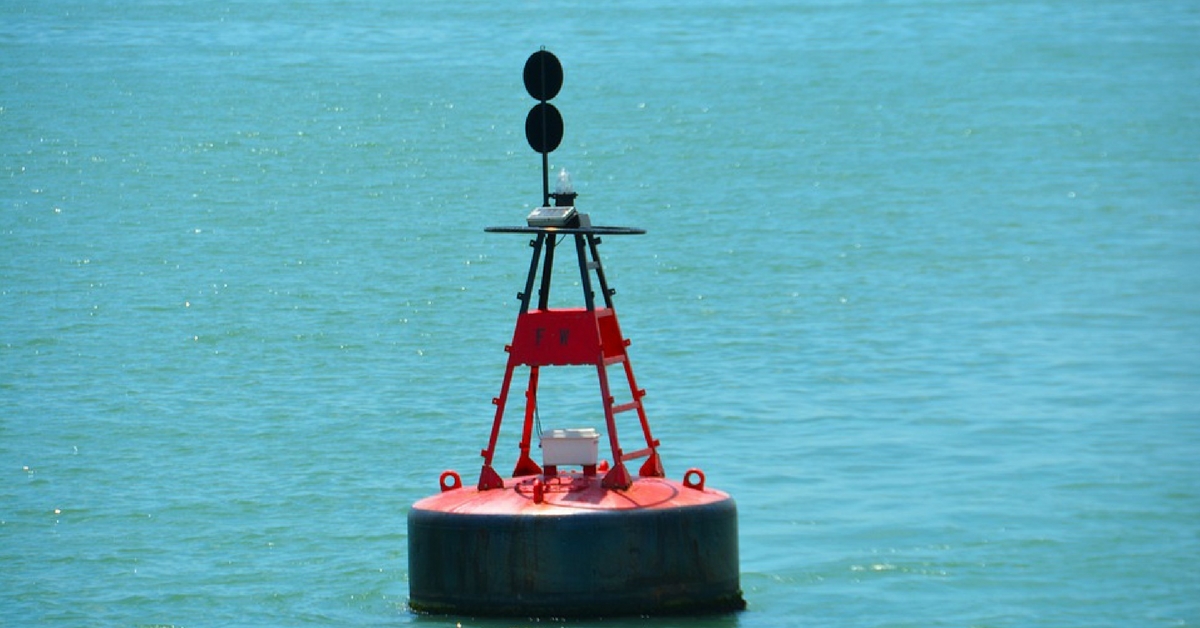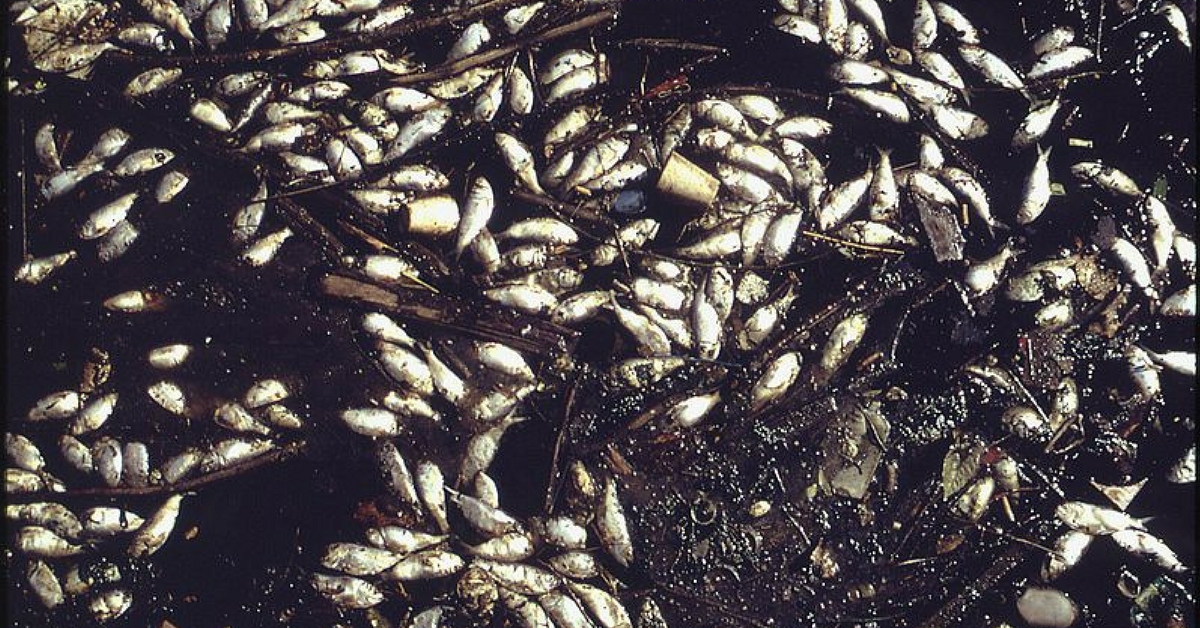Saving Our Seas: India to Invest ₹ 100 Cr in Automated Ocean Pollution Observation System
The sensors will also detect anoxia in the ocean.

Taken for granted, polluted, carelessly abused and destroyed, the largest living space on Earth is fast deteriorating.
The Bay of Bengal, the Arabian Sea, and the Indian Ocean are choc-a-bloc with pollutants. Reports blame 80% of the ocean’s pollution on pollutants like plastic, which kills thousands of ocean-inhabitants each year.

Take, for example, the Indian Ocean. Around 5-6 million tonnes of petroleum and oil have been discharged into it—which is around 40% of the total petroleum spill in the world’s waters.
In a way, our oceans are lucky. The Indian Ocean is subjected to the impact of semi-diurnal tides associated with the biannual reversal of the direction of Monsoon and the resulting sea currents. This promotes enough flushing and allows for the adequate exchange of water masses, thus effectively dispersing much of the pollution.
Take a walk along the beaches of Mumbai. From cigarette butts to plastic bags and everything in between, the debris that litters the shoreline is disheartening. A study carried out pegged Mumbai’s surrounding waters as some of the most polluted in the world. It found an average of 68.83 items a square metre at four beaches—Juhu, Versova, Dadar, and Aksa—and most of them (41.85%) were microplastics.
Till now, authorities would collect water samples from the sea, and check for pollutants. However, the Indian National Centre for Ocean Information Services (INCOIS) has come up with automated moorings, which will remove the need for physical collection of samples.

Under this method, sensor-equipped buoys will be placed in 6 coastal areas around the nation. There will be a sensor at the bottom of the buoys, which are attached to the seabed to prevent them from being washed away. Being set up at the cost of Rs 100 crore, this system will be operational from April 2018.
According to SSC Shenoi, the director of the Indian National Centre for Ocean Information Services, the water in India’s oceans, is becoming anoxic, and this is bound to affect marine life. The new method of detecting pollutants is expected to give the authorities a clearer picture so that long-term preventive measures can be taken.
The term ‘anoxia’ implies a total depletion in the level of oxygen in the water. Anoxia in the ocean is a serious problem and has the potential to destroy the delicate marine ecosystem. Anoxia occurs due to a number of reasons, including volcanic events, and water pollution.
Known as ‘dead zones,’ anoxic zones in the ocean do not allow marine life to thrive as the depletion of oxygen in the water cuts off their much-needed air supply.

The floating buoys, with their attached sensors, are being placed in coastal areas of Digha (West Bengal), Goa, Mumbai, Kochi, Vishakapatnam, and Chennai. These buoys will collect data in real-time, which the authorities will be able to monitor. This constant feed of data will keep them up-to-date with the condition of the ocean at any given point.
The readings they take will be observed and decoded using a mathematical model.
According to Shenoi, this automated detection of pollutants is already in place in the US. He says this is a very efficient system to find out the exact amount of pollution in the ocean.
An autonomous body under the Government of India’s Ministry of Earth Sciences, INCOIS aims to provide the best ocean information and advisory services to society, industry, government agencies, and the scientific community.
While the Government is spending hundreds of crores to detect pollutants in the ocean water, we as citizens can also take a couple of simple steps to aid this cause. We can stop taking plastic bags to the beach and refrain from disposing of non-biodegradable waste in the ocean.
You may also like: India, 200 Other Countries Come Together to Save Our Oceans from Plastic
Our country is surrounded by the ocean on three sides. As of now, much of India’s coastline has fallen victim to man’s whims. The new method of floating buoys might be able to give us accurate data regarding pollution, but it is ultimately up to us to make sure those readings are favourable!
Like this story? Or have something to share? Write to us: [email protected], or connect with us on Facebook and Twitter.
NEW: Click here to get positive news on WhatsApp!

Similar Story

‘All For My Dad’s Memory’: This Hero Has Grown 12 Food Forests In The Heart of Mumbai
A tree lover since the age of 9, George Remedios quit his advertising job and founded ‘The Turning Tide’ to increase the forest cover in Mumbai. So far, he has planted 12 food forests with edible fruits and encourages people to grow their own food, even in limited spaces.
Read more >
If you found our stories insightful, informative, or even just enjoyable, we invite you to consider making a voluntary payment to support the work we do at The Better India. Your contribution helps us continue producing quality content that educates, inspires, and drives positive change.
Choose one of the payment options below for your contribution-
By paying for the stories you value, you directly contribute to sustaining our efforts focused on making a difference in the world. Together, let's ensure that impactful stories continue to be told and shared, enriching lives and communities alike.
Thank you for your support. Here are some frequently asked questions you might find helpful to know why you are contributing?


This story made me
-
97
-
121
-
89
-
167












